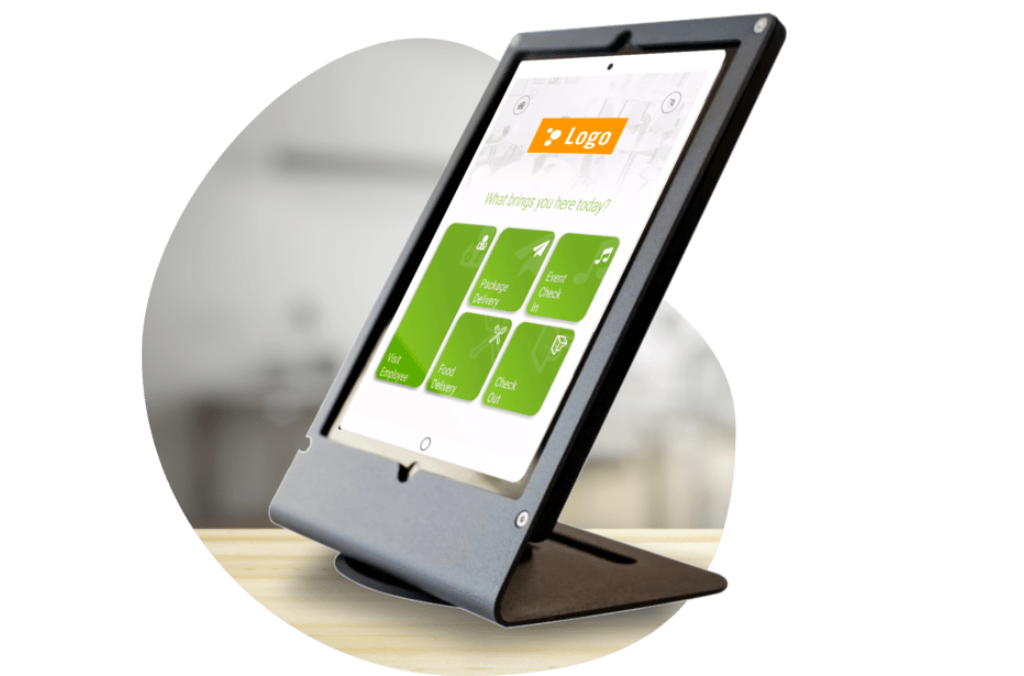Executive Summary
- As the COVID-19 pandemic becomes more manageable, offices are planning their return to the physical office.
- This post reviews multiple workplace models meant to balance productivity, corporate culture, and employee health and mental wellbeing.
The COVID-19 pandemic demanded more remote-work flexibility from employers (and employees) than ever. As you shape your plans to return to the office, you’re probably well aware that employees may have grown accustomed to being able to skip a time-sucking commute, take the dog for a walk at lunch and wear sweatpants all day. Not to mention that working parents have gained the visibility they’ve sought for years regarding their need for additional flexibility.
For these and many other reasons, there’s likely no going back to a strict 8-to-5 workday for most organizations. If you’re weighing how to structure your flex-work office under these new conditions, here are a few options to consider.
Hybrid Schedule Model
Many businesses are switching to a hybrid model, in which all employees have some scheduled remote-work days and some in-person office days. You’ll need to keep your office space, at least in some capacity, but if you stagger staff attendance appropriately, you may be able to downsize your office significantly. Some companies utilize a mobile desk check-out system or a desk-sharing arrangement to allow more efficient use of space.
Things to think about: Who will manage the schedule to make sure it goes smoothly? If you opt for desk sharing, how will employees store their belongings safely (some offices have locking file cabinets on wheels)? Do you have guests arriving at your office? If so, a touchless digital receptionist tool like Greetly can come in handy so that no one employee is tied to the front desk full time. You can also have employees check-in via Greetly as they report for duty so you’ll always know who is on-site, a great security measure.
Remote with In-Person Meetings Model
Another option is to have employees do all their independent work from home but gather regularly (usually weekly or biweekly) face-to-face for meetings. This has the benefit of continuing to give employees maximum flexibility for the bulk of their workdays while encouraging the in-person teamwork many organizations have been missing.
Things to think about: You’ll need to retain your brick-and-mortar office for its meeting spaces or lease a smaller, meetings-only space that is well equipped for your teams to gather. Set clear expectations with employees that, because this is their only in-person time together, “Zooming in” to meetings may not be permitted unless there is an illness or other valid reason. But do ensure your meeting space is tech-equipped so that team members can connect to files and display work to the team since they won’t be able to run back to their desks to grab something.
Hybrid Team-Based Model
This model is similar to the hybrid schedule, but instead of having all employees working part-time in the office, you’ll select certain teams that need to be on-site while other teams will be designated as remote-only workers. For example, your sales team could work from home permanently while customer service and admin staff are needed in the office.
Things to think about: Consider the morale of your teams and whether requiring some to be on site while allowing others to be at home will create friction. This will ease over time as new hires come on board who are only familiar with your “new normal.”
In-Person Flex Time Model
If you’d like all employees to return to the office for the majority of the workweek, consider allowing some flexibility that deviates from the traditional 8 am-5 pm daily schedule (especially if your employees aren’t convinced by these compelling reasons to return to the office). Options for flex-time include establishing “core hours” (say 10 am-3 pm daily) and giving the choice of flexibility around the other hours of the day; allowing for a variable day, where employees need to hit a certain number of hours a week but have flexibility with when those hours occur; or switching to a results-only work environment (ROWE) concept, which focuses on results rather than set hours.
Things to think about: Even before the pandemic, a third of workers sought a new job solely for the purpose of gaining added flexibility and more than half have requested flexible work arrangements with their employers. Working parents and younger generations tend to place a higher value on work-life balance and remote-work options, so consider an investment in flexibility to be an investment in attracting and retaining talent.
No matter which option you choose, ensure that you have the technology in place to enable a more flexible workflow, invest in a visitor management system to track who is entering your workplace, set clear boundaries with staff so they know what your expectations are, and embrace the findings that the pandemic has revealed when it comes to workplace flexibility and productivity.




